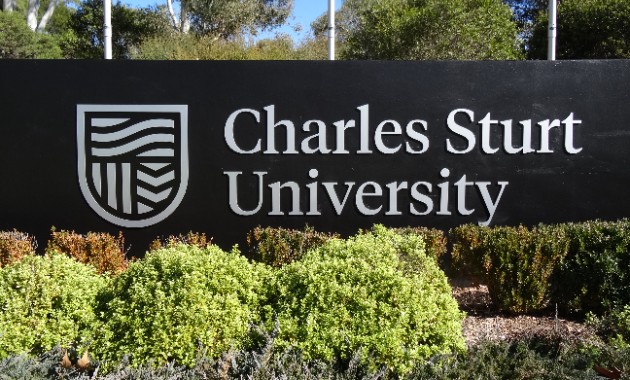Conservation of native bushland still standing on farmlands in the southern Riverina of NSW and Northeast Victoria would benefit the Australian community by up to $70 million over five years, according to a study by Charles Sturt University researchers.
The research team, led by Dr Michael Lockwood from the University's Johnstone Centre, noted that substantial government spending is required to conserve remnant native vegetation on farms and other private property in the regions to gain these benefits.
"Halting the clearing and improving the management of remnant native vegetation is vital if governments and the community are to address growing environmental problems around Australia," Dr Lockwood said.
The study found that conserving remnant native vegetation would cost the regions' farmers up to $35 million over five years. The cost would depend on the total area set aside for remnant vegetation, which would influence the costs of extra fencing, weed and feral animal management, as well as lost agricultural production from that land.
The study established that the economic benefits to the wider community from mitigating salinity, maintaining water quality and protecting native flora and fauna outweighed the costs.
The research team believes that the best way to increase the protection of remnant vegetation is through a government funded incentive policy, which would achieve a net economic benefit for the community provided the conservation outcomes were achieved. Dr Lockwood explained that economic incentives could be built into five-year management agreements between farmers and government agencies.
"Agreements could include development of management plans that identify the areas to be protected; actions required to conserve the areas; and the costs to be reimbursed to farmers.
"Agencies such as the NSW Department of Land & Water Conservation, Greening Australia and others already provide incentives to farmers. Our research gives added impetus to the further development and expansion of their programs," Dr Lockwood said.
The research results are based on a three-year study in Northeast Victoria and along the Murray Valley, involving extensive surveys of local farmers and the general community, as well as government agencies and other groups.
The study will be presented at an all-day meeting of representatives from government agencies, farmer groups and economists on Thursday 21 October at CSU's Thurgoona campus.





Social
Explore the world of social